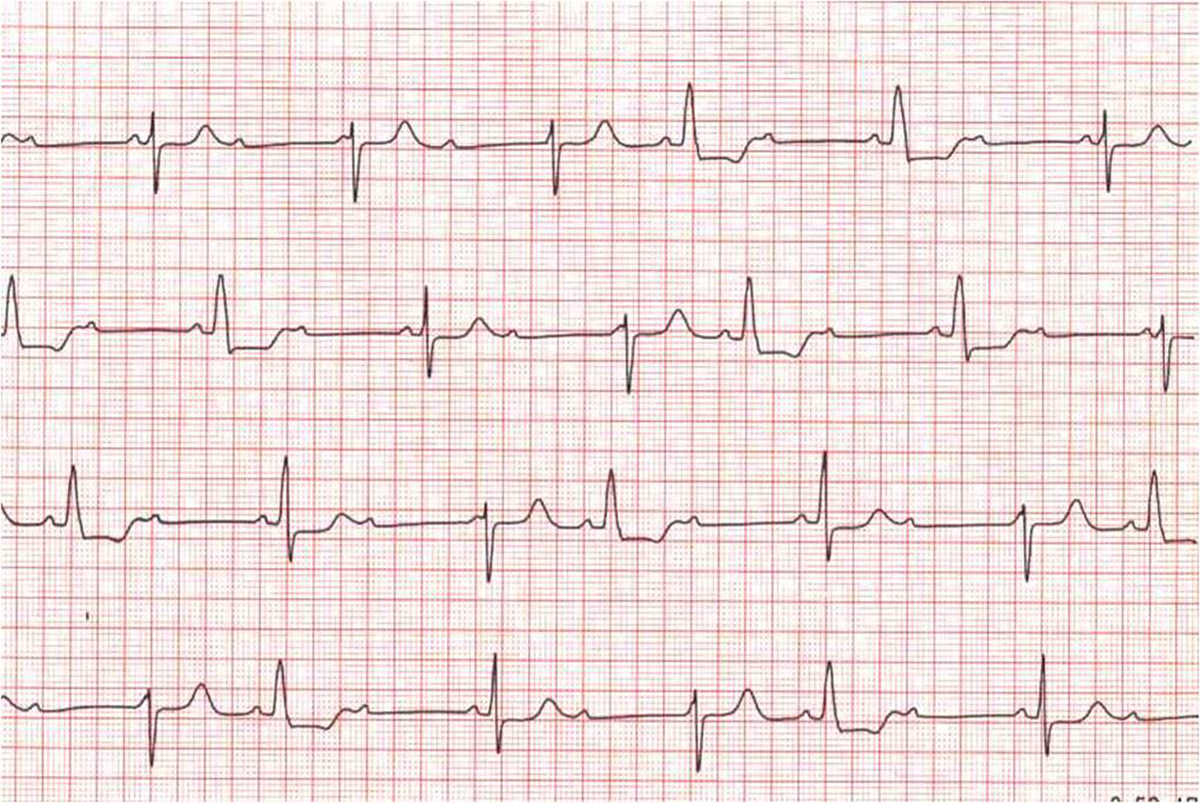
Bradycardia and the main symptoms
Bradycardiais the medical term for the condition marked by the heart rate that is slower than normal. If the heart beats slower than 60 times a minute, then the person has bradycardia. In case when the heart is unable to pump enough blood that is rich in oxygen, bradycardia can be very serious problem. Sometimes, heart rate slower than 60 beats a minute appears in healthy, young adults and trained athletes, but in these cases, bradycardia is not regarded as a disorder.
Bradycardiais a condition that has its characteristic symptoms. The most frequent warning signs of this disorder are syncope or fainting, and shortness of breath. Furthermore, dizziness, weakness and fatigue may also appear. The persons who suffer from bradycardia can also experience pain in the chest, disturbed sleep and confusion or impaired memory.
Causes of bradycardia
Bradycardia has numerous and various causes. All that prevents the normal functioning of the electrical impulses that regulate the heart pumping is considered to be a cause of bradycardia. Some of the causes of bradycardia are the infection of the heart tissue, hypertension, congenital heart defect, and degeneration of the heart tissue that happens as a result of aging. Furthermore, the causes of bradycardia may also be hypothyroidism, hemochromatosis, rheumatic fever or lupus and heart attack or stroke. Moreover, medication for some other heart diseases can be also factors that lead to bradycardia, as well as complicated heart surgery, obstructive sleep apnea and electrolytes imbalance.
The sinus node is the natural pacemaker that produces electrical impulses inducing each heartbeat, and bradycardia appears when these electrical impulses are blocked, or when they slow down. Sinus node dysfunction is one of the causes of bradycardia that usually starts there, and this condition can lead to the occurrence of bradycardia-tachycardia syndrome, or the altering of slow and fast heart rates.
Atrioventricular block, or heartblock, occurs when electrical impulses that are transmitted through the atria are not transmitted to the ventricles, and this condition may also be a reason for the appearance of bradycardia. There are four stages of heart block. The first-degree heart block is the mildest, and in this stage, slowed electrical impulses reach the ventricles. In the case of second-degree heart block, irregular and slower heart rhythm appears because not all electrical signals, but only some, reach the ventricles. The third-degree or complete heart block occurs when no electrical impulses reach the ventricles. Bundle branch block occurs when the interruption of an electrical signal somewhere in the right or left bundle branches exists.



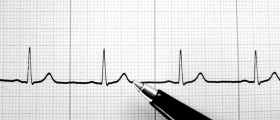
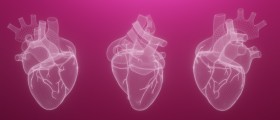


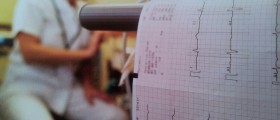



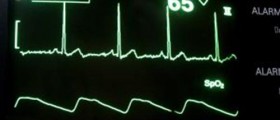





Your thoughts on this
Loading...